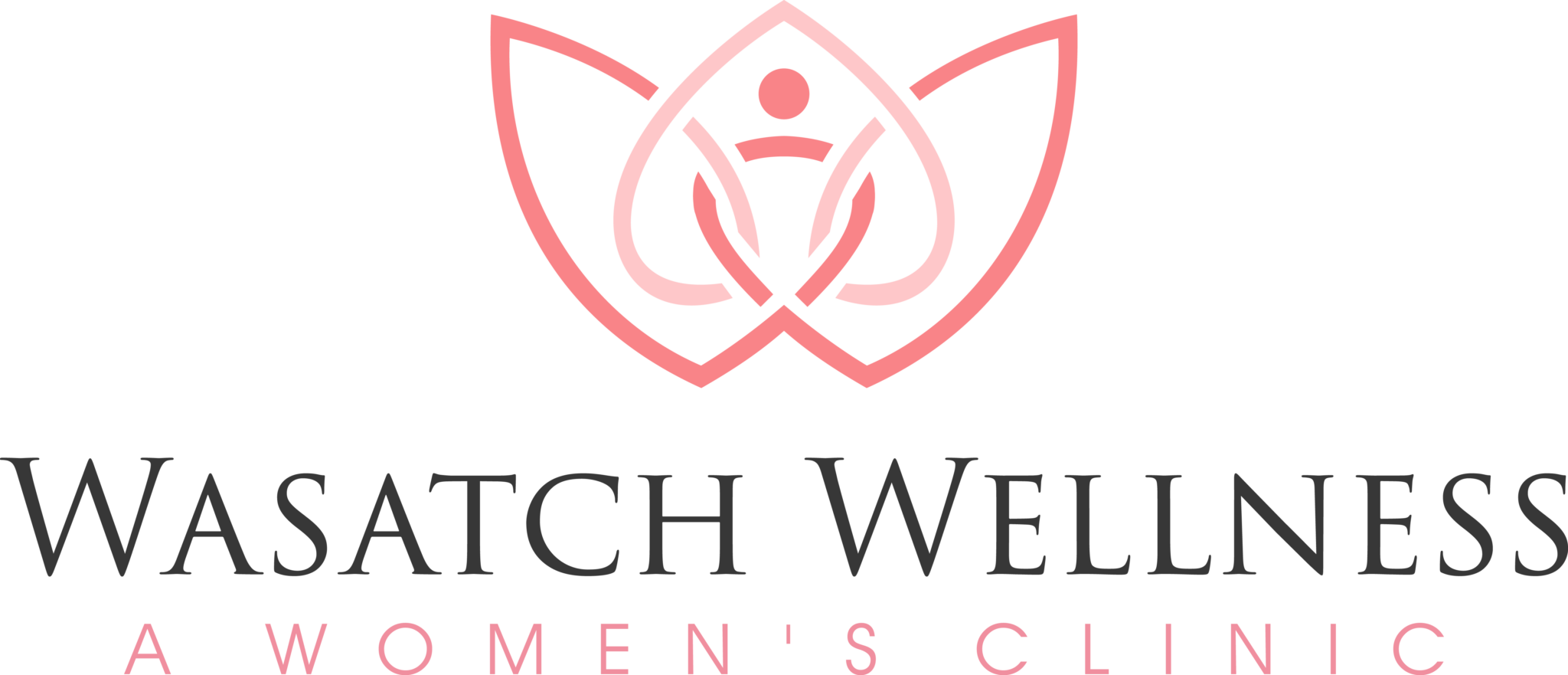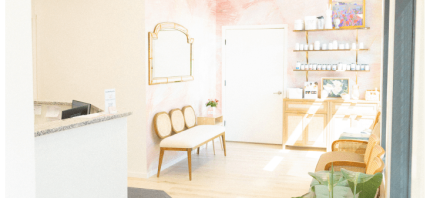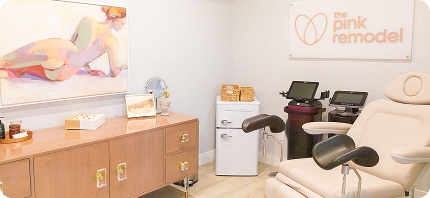Hormone Pellets
Achieve optimal hormone balance and enhanced vitality with personalized hormone pellet treatments at Wasatch Wellness.
Hormone Optimization
The Goal Of Hormone Optimization Therapy
The goal of hormone optimization is to address imbalances that may occur due to factors such as aging, stress, or certain medical conditions. By supplementing bioidentical hormones, HRT aims to bring the body back into equilibrium and alleviate symptoms associated with hormonal deficiencies.
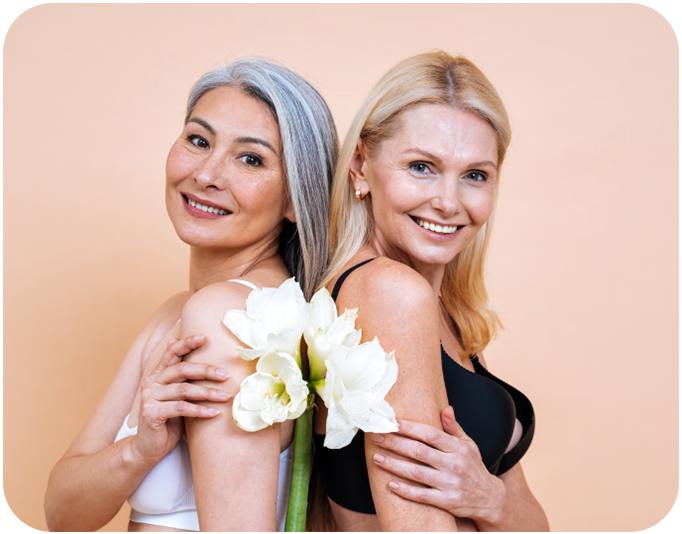
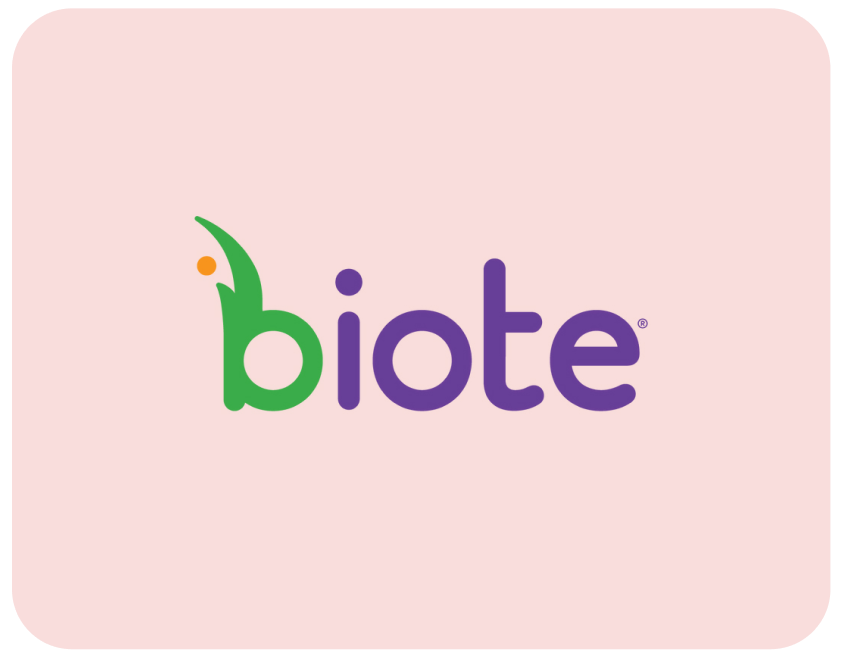
Bioidentical Hormone
Replacement Pellet Therapy
What is Pellet Therapy?
Is a personalized approach to hormone replacement. It involves inserting small capsules, containing hormones like testosterone or estrogen, under the skin. These hormones are bioidentical, meaning they have the same molecular structure as the body’s natural hormones.
The pellets gradually release hormones into the bloodstream over several months, helping to maintain consistent hormone levels. Most patients start to notice effects within four weeks of insertion, though responses can vary. This method bypasses the liver and avoids hormone level fluctuations, with fewer risks compared to synthetic hormones. Our pellets are made from plant sources like soy or yam, ensuring a natural match with the body’s hormones.
Your journey is unique
What To Expect From BHRT
Pellet Insertion Method
During an office visit, an area of insertion is identified and cleaned. the area is numbed, a small incision is made and the hormone pellets are placed. A small bandage covers the insertion site for 5-7 days after insertions. The pellets slowly release hormones over the next 4-6 months.
Post-Insertion Care
After the pellet insertion, avoid exercises that use the glute muscles and soaking in standing water for 3 days; walking is fine. The bandage can be removed in 5-7 days and you can resume normal activities.
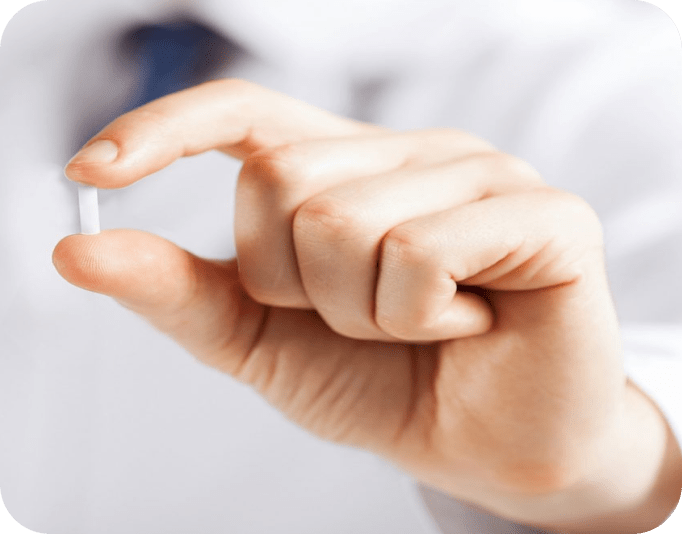
Next steps
Get the care you need when you need it.

Schedule a consultation to ask about specialized pricing and learn more about Wasatch Wellness
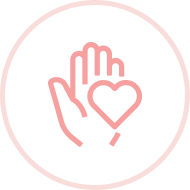
Chat with a provider about personalized treatment,
payment, and insurance.
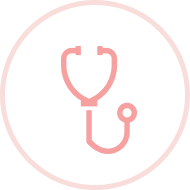
Get the care that’s right for you, from birth control options to hormone therapy for menopause.
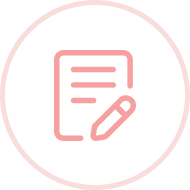
Review notes from your provider through our patient portal. Book your yearly exam ahead of time.
FAQ
Frequently Asked Questions
This consultation provides a comprehensive overview of potential risks and benefits
Is There More Than One Type Of Pellet?
Yes, there are two major pellet therapy types: estrogen pellets and testosterone pellets.
How Do Estrogen Levels Change With Age?
Estrogen levels in women decrease with age, especially during perimenopause and menopause. After menopause, some men may have higher estrogen levels than women. A radical hysterectomy removing both ovaries leads to a significant drop in estrogen, as the ovaries are the main source of this hormone. Adrenal glands and fat tissue produce some estrogen, but it is often not enough to maintain balance.
What Health Concerns May Estrogen Pellets Relieve?
Estrogen pellets are primarily used to combat the effects of menopause. Studies have shown that estrogen may also help relieve some symptoms associated with mood, bone density, and heart health.
What Blood Tests Are Required Before The Insertion?
We will conduct extensive lab work while considering a patient’s candidacy for BHRT using pellets. We can do the blood draw at clinic in preparation for your consultation and have results to review at your first appointment.
What Happens To Pellets After Insertion?
Since pellets are bioidentical and contain hormones like those our body produces, pellets are completely dissolved and absorbed, leaving nothing behind.
What Happens During The Week Following The Insertion?
After pellet insertion, it’s best to abstain from lower body exercise. Walking should be fine, but strenuous activity is not recommended. Avoid bathtubs, swimming and hot tubs ; however, showers are permitted. After removal of the bandage, normal activity may resume.
What Happens When Pellet Therapy Is Discontinued?
Every person’s body is different, but at the end of a pellet cycle or when stopping pellet therapy altogether, symptoms of fatigue, low mood and sleeplessness may recur. Typically, the patient’s symptoms will return to the same state prior to BHRT as their estrogen and testosterone levels begin to drop.
What Happens During The In-Office Insertion?
During the in-office visit, which only takes a few minutes, patients are brought into the exam room, and the insertion site is numbed. The most common site of insertion is the upper buttocks. A small incision is then made for pellet insertion. Once the pellet is inserted, the insertion site is covered with a small bandage.
What Is Estrogen?
Estrogen is a hormone that possesses many functions and occurs in the bodies of both men and women. In women, estrogen is commonly associated with reproduction—it prompts the menstrual cycle and develops the female body’s secondary sex characteristics. However, in both sexes, estrogen is responsible for many facets of bone health, cholesterol metabolism, and the thickness and collagen content of the skin.
What Are Estrogen Pellets?
Estrogen pellets are small cylinders that are custom compounded and composed of estradiol, a form of estrogen. Estrogen pellets may relieve emotional, reproductive, and non-reproductive symptoms. The most common administration for estrogen pellets is to help address the uncomfortable symptoms of aging in women.
How Long Do Pellets Last?
Pellets last up to three to six months depending on gender, weight, absorption rates, and the amount of deficiency or surplus of hormones present within the patient at the time of insertion. Pellets are reinserted between two to four times per year to help keep hormones optimized and balanced and may take up to two insertions before feeling the full benefits.
Is Fasting Required Before An Insertion?
No fasting is required in advance of the insertion.
What Is Testosterone?
Testosterone is a hormone normally found in both men and women that is responsible for many critical body processes. Testosterone is produced in the testes and ovaries, and deficiencies can occur in men and women as the body ages.
What Are Testosterone Pellets?
Testosterone pellets are composed of powdered testosterone fused into a pellet using stearic acid as a binding agent. The compounding pharmacies used by Biote provide high-quality pellets with ingredients that are meticulously tested. This testing process gives pharmacists, Biote Certified Providers, and patients confidence in the pellets’ quality.
What Health Concerns May Testosterone Pellets Relieve?
Testosterone has been shown to relieve a wide range of reproductive, emotional, and non-reproductive conditions. Some of these include low energy, sexual dysfunction, mood swings, irritability, and many others.
